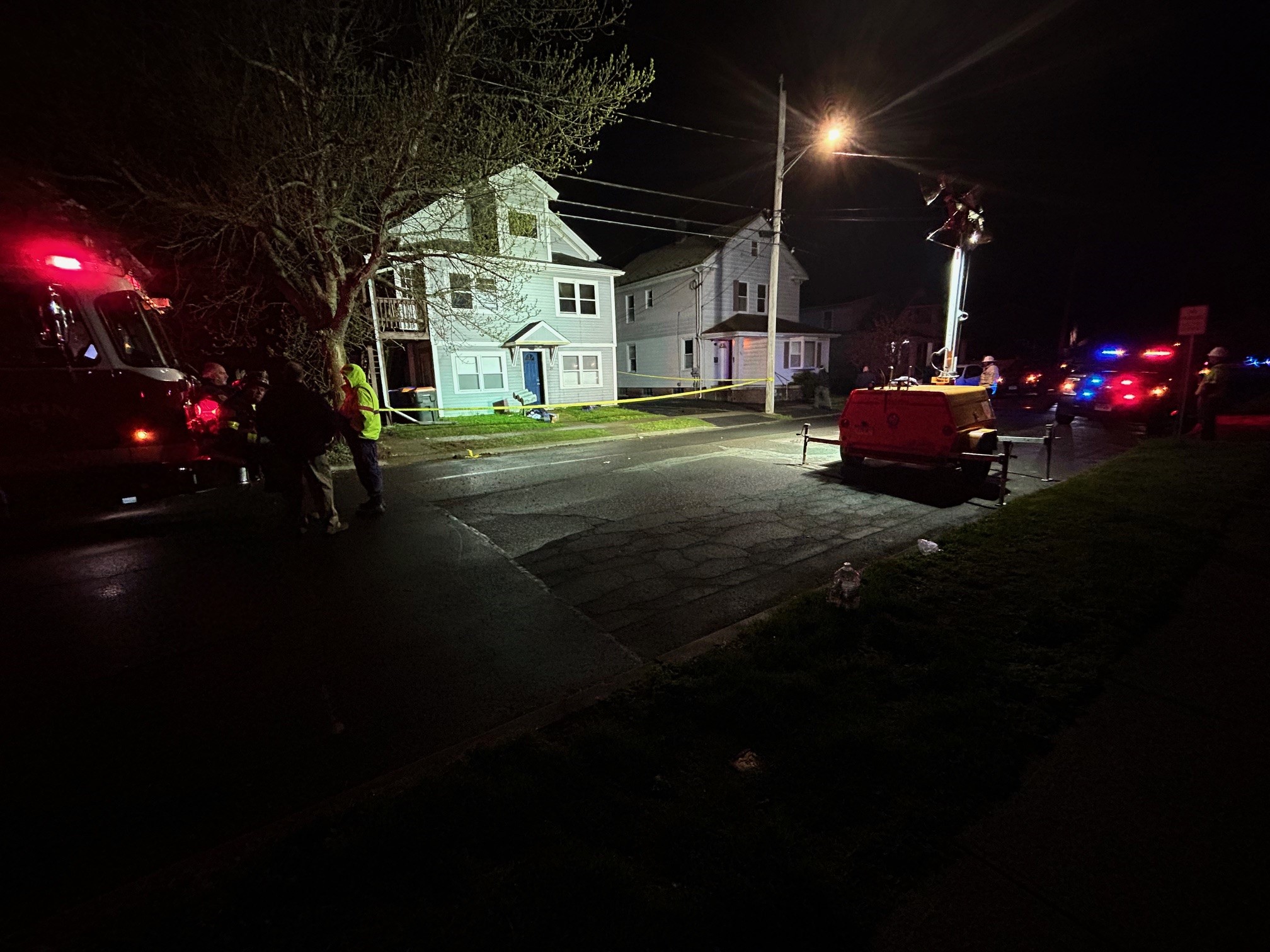They’re the cases making headlines right now: Jennifer Dulos, Peter Recchia, Ondine Frohberg.
They are all missing persons mysteries leaving families desperate for answers and detectives searching for clues.
But those families are far from alone. There are at least 326 unsolved missing persons cases right now in Connecticut, according to the Office of the Victim Advocate.
Some cases are handled by local police. Others are taken up by the State Police Missing Persons Unit based out of Troop H in Hartford.
Down from its original staffing size several years ago, today it’s a small unit – a supervising sergeant and one detective – tasked with handling about a dozen long-term unsolved cases, but Major Crimes detectives are brought in to assist as needed. The unit handles cases from towns without local police departments, assists with local cases when requested by the state’s attorney and serves as a clearinghouse for thousands of Amber and Silver Alerts filed every year.
“There’s approximately 6,000 missing person cases every year,” Trooper First Class Christine Jeltema said. “Thankfully, the majority of those individuals are found.”
But some are not.
Local
Connecticut's coldest missing persons cases listed in NAMUS, a national database maintained by the Department of Justice, date back to the 1950s.
“Decades, yes,” said Jeltema, who points to a shrinking state police force as a significant challenge for detectives. “What our missing persons unit does, every six months they look at those cases, they check to see if there's any new leads.”
For the families left behind with no closure, answers or justice, there’s no such thing as a cold case.
Just ask Jan Smolinski.
“In 15 years there isn’t one day gone by that we haven’t done something to try to bring Billy home and get answers,” she says.
Her son Billy Smolinski was 31 years old when he left his Waterbury home on an August day in 2004. He was never seen again. Family and police believe he was murdered.
Photos: Billy Smolinski Has Been Missing Since 2004
It’s a case that’s made national news with its many twists and turns. Leads turned to let-downs. Billboards went up and came down. And from day one, Jan said, navigating a complicated, multijurisdictional criminal justice system was difficult.
“The police told me to wait three days to make the official report,” she said.
Police didn’t take the disappearance seriously, she maintains, because of one neighbor’s statement that Billy may have travelled north for business.
“Those three days were very important. Forensics were lost … and when forensics are lost, the case really goes downhill. Things are different now.”
Things are indeed different now, thanks in large part to Jan’s advocacy in the years since Billy’s disappearance. She was behind a change in state law in 2010 that revised the Connecticut Police Officer Standards and Training Policy for Handling Missing Persons Investigations to, among other things, require officers to immediately file a missing persons report upon request without a waiting period.
Unlike states like New York , which maintains a statewide missing persons clearinghouse, Connecticut doesn’t have a centralized database for all missing persons cases. Instead, they’re juggled by a patchwork of local, state and federal agencies here. And thanks to that 2010 policy change, officers are required to report case information to the national databases instead.
But Jan Smolinski’s mission didn’t stop in 2010. There’s far more work to be done, she said.
For almost a decade now she’s been working closely with U.S. Senator Chris Murphy to push for the passage of Billy’s Law.
Named for her son, it’s federal bill that would essentially strengthen and link two important national databases that could help solving missing persons cases across the country: NAMUS, and the FBI’S National Crime Information Center. It would also provide funding and training to ensure uniform reporting and data-sharing across local, state and federal agencies.
One benefit, Jan explained, would be a greater chance at linking thousands of unidentified remains currently sitting in coroners and medical examiners’ offices across America with open cold cases at various agencies via DNA cross-checking.
“It would be huge. They would get answers, some missing would be brought home and they could hug their loved ones again, others like my family and I … we could put him to rest and know that, you know, he’s not hidden somewhere in a frozen ground. I think that’s huge,” she said.
Despite bipartisan support in Washington, DC, Billy’s Law has come painfully close to passage, but has failed to materialize. Jan believes it’s due to a fiscal note of several million dollars to fund training and maintenance of the databases.
“It’s only a couple million dollars, you know, it really isn’t that much to help maintain the database. Not when Congress is using so much money on other things,” she said.
But Jan said she’ll keep pushing for it. She said Senator Murphy recently told her he’ll introduce it again.
Even if she never holds her son again, no one can stop Jan Smolinski from holding on to hope, not just for her own family but also for the nearly 90,000 others like hers across America waiting for closure. She made a vow, she said, to never give up.
“I believe one day in the future we're going to get our answers,” she said.



